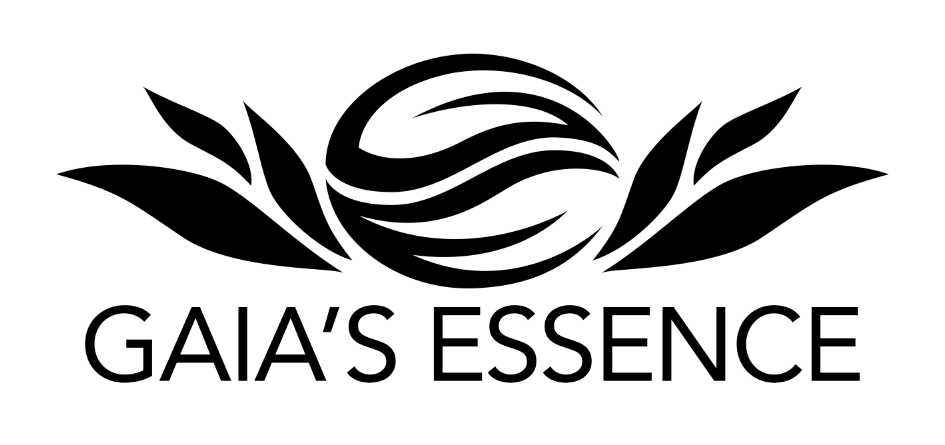It often seems cheaper to eat poorly. A few packages of factory-farmed meat, a gallon of commercially produced milk, butter, white bread, potato chips, cereal, chocolate chip cookies, instant potatoes, minute-rice, frozen lasagna and pizza, ice cream, and soda on sale — yep, it’s cheap.
But when you change your eating habits from bad to good, swapping certain foods for others, you will find it isn’t much more expensive. Sometimes, it’s even less so.
Here are a few tips to keep your waistline slim and your wallet full.
- Add up what you’re NOT buying. If you’re cutting back on meat, even if you buy the more expensive and healthy cuts when you do eat meat, you will save money. All the processed, packaged foods you don’t put in your cart add up. How much will all the food you don’t need to eat and won’t be buying save you?
- Buy your produce at your local farmer’s market. It’s worth the trip. The food is not only considerably less expensive, but it tastes better, and it’s healthier! The food isn’t shipped a long distance, which means it’s fresher and retains more of its nutrients and flavor. Plus, you support your local economy – a financial win-win for all involved.
- Take some time to go to the farms and orchards themselves. You can get a steal on peaches, tomatoes, sweet corn, and blueberries if you buy them directly from the farmers. Plus, you’ll feel more connected to your food and the people who bring it to you. Explore the farm, and learn a little about the process. Farmers will often also sell their foods at little roadside stands and small markets, not just the farmer’s markets. Find out where they are and go to them to get the freshest, best foods possible.
- Organic is better, but not always necessary. Again, local produce can be just as, if not more, healthy. Some of it is organically grown – but the farms have to meet costly government standards to label food as organic officially. Certain foods are more important to purchase organic. For others, it might not be significant. You can look up recommendations from The Environmental Working Group that publishes “The Dirty Dozen” and “The Clean Fifteen” for guidance.
- Frozen fruits and vegetables make sense—stock up on frozen versions of your fruits and vegetables. As long as there are no added sweeteners or preservatives, frozen fruits and vegetables are as full of nutrients as the fresh stuff. They are often less expensive at the point of purchase and cost-effective for the long haul. They don’t spoil, and you won’t ever have to throw the excess away. Plus, they are often on sale, so you can easily stock up when they are. You can also manage portions better this way. A great way to use these foods is in your smoothies because cooking can kill the nutrients. So when you cook, make sure you steam at low heat and for a short time.
- Beans and legumes are cheap! You will save a fortune when you switch many of your meat-based dishes to beans. Beans are possibly the best food deal on the planet; when it comes to eating healthy and saving money, you cannot do better than beans! They are super dense in nutrients and have a host of health benefits. They are filling, and they cost cents on the meat dollar. Plus, there is such a variety of beans out there that it’s hard to get bored. To save money, buy them in bags (they keep for a long time, too, so you can get them in bulk), and commit to soaking them and preparing them naturally. You can still get deals on your beans if you buy them in cans, which is more convenient. Just make sure they are low in sodium, and you rinse them before preparing.
- Some healthy foods are inexpensive. Buy a large bag of whole-grain brown rice – it’s much cheaper than processed side dishes. The same goes for oatmeal; you’d be hard- pressed to find a more economical and filling meal. Kale is perhaps the healthiest food on the planet, and it will cost you about a dollar per bunch. The same goes for lots of leafy greens, and we all need to eat more of those. Learn to love the healthy foods that are already in your budget.
- Learn to make a few things from scratch. You can save money by spending a little more time in the kitchen.
- Grow Your Vegetables and Herbs. Start a garden! It’s not that difficult. Herbs, in particular, can be expensive. Still, they add so much to your foods, especially when trying to eat healthfully. They are easy to cultivate on your window sill.Healthy eating and saving money aren’t mutually exclusive activities! We have to get a bit beyond our love of convenience and embrace a passion for wellness. If you do that, in the end, the costs will even out, but the benefits will be priceless.

Jennifer was born and raised in Long Island, NY. She is a top Real Estate Agent for Keller Williams and truly understands the luxuries of life, with the island’s beautiful seasons, beaches, culture, and diversity. Her creative, enthusiastic, and caring nature allows her to perfectly match clients’ desires for their dream homes. Jennifer is also a Holistic Health Coach and a graduate of the Institute of Integrative Nutrition and works with clients in guiding them onto a healthier lifestyle.


